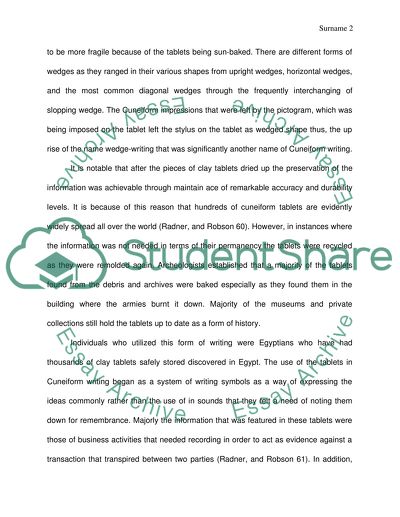Cite this document
(“Cuneiform and Pictograms Research Paper Example | Topics and Well Written Essays - 1750 words”, n.d.)
Cuneiform and Pictograms Research Paper Example | Topics and Well Written Essays - 1750 words. Retrieved from https://studentshare.org/english/1437497-cuneiform-development
Cuneiform and Pictograms Research Paper Example | Topics and Well Written Essays - 1750 words. Retrieved from https://studentshare.org/english/1437497-cuneiform-development
(Cuneiform and Pictograms Research Paper Example | Topics and Well Written Essays - 1750 Words)
Cuneiform and Pictograms Research Paper Example | Topics and Well Written Essays - 1750 Words. https://studentshare.org/english/1437497-cuneiform-development.
Cuneiform and Pictograms Research Paper Example | Topics and Well Written Essays - 1750 Words. https://studentshare.org/english/1437497-cuneiform-development.
“Cuneiform and Pictograms Research Paper Example | Topics and Well Written Essays - 1750 Words”, n.d. https://studentshare.org/english/1437497-cuneiform-development.


